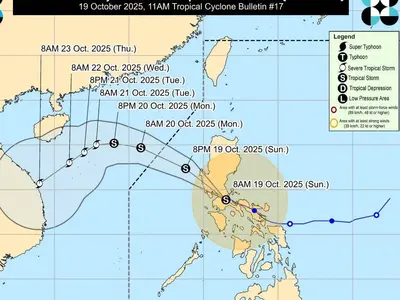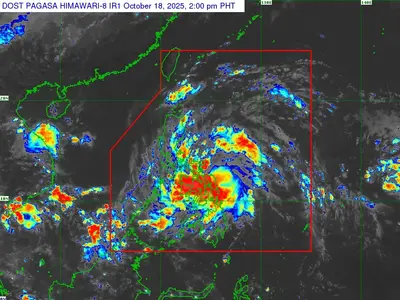
THE Philippine Atmospheric, Geophysical and Astronomical Services Administration (PAGASA) has officially declared the end of the habagat, or southwest monsoon, signaling the start of cooler days in the Philippines. However, weather experts are also warning that a weak La Niña could still bring heavier rains towards the end of the year.
Engineer Al Quiblat, chief of Pagasa-Mactan, explained that the shift in wind patterns marks the termination of the southwest monsoon and the gradual onset of the amihan, or northeast monsoon season. He noted that the country’s climate is driven by these wind systems, with the northeast monsoon associated with the dry season and the southwest monsoon associated with the wet season.
PAGASA declared the end of the habagat on October 7 due to the weakening of the southwest monsoon wind flow and the development of a high-pressure area over the northeastern part of Luzon. While the end of the habagat typically brings cooler and drier conditions, the potential for a weak La Niña to develop could still result in heavier rainfall in the coming months.



